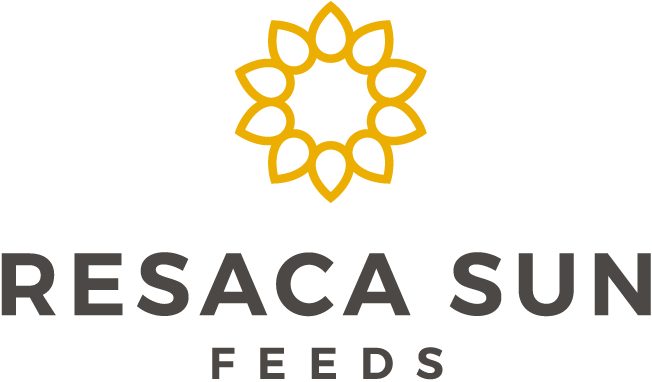News
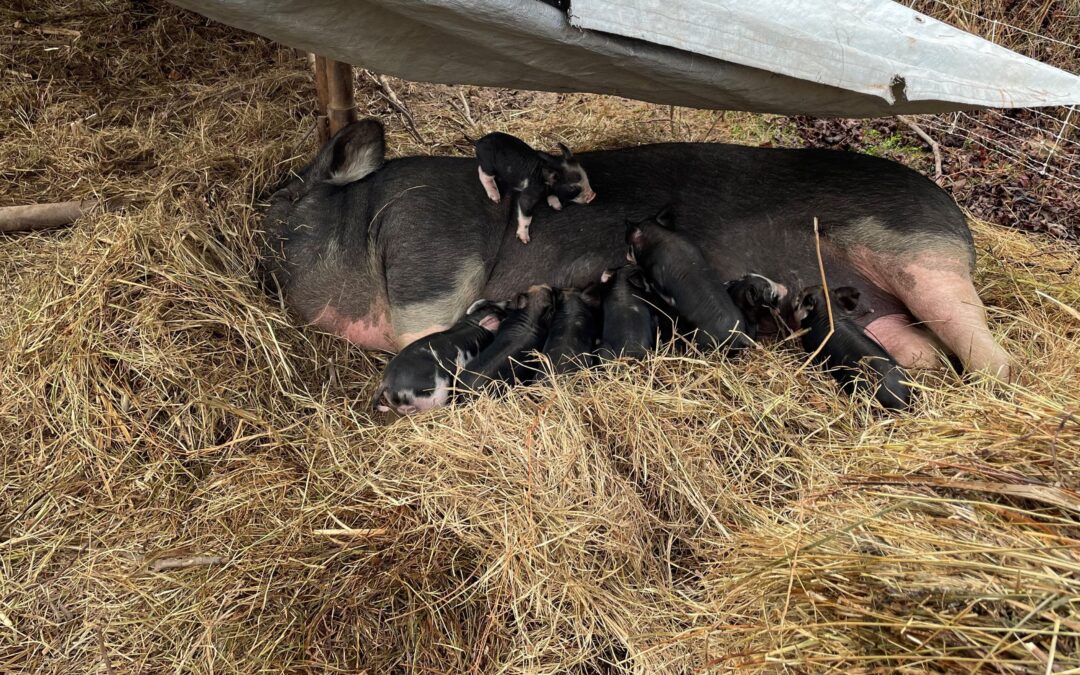
Flush Feeding Sows
The topic of flush feeding (or flushing) comes up amongst sheep and goat farmers more often than it does for sows. I first learned about flush feeding sows from a farmer in North Carolina, which has led me down a sow flush feeding rabbit hole. What does “flush feeding” mean? Flush Feeding is increasing feed intake for a...
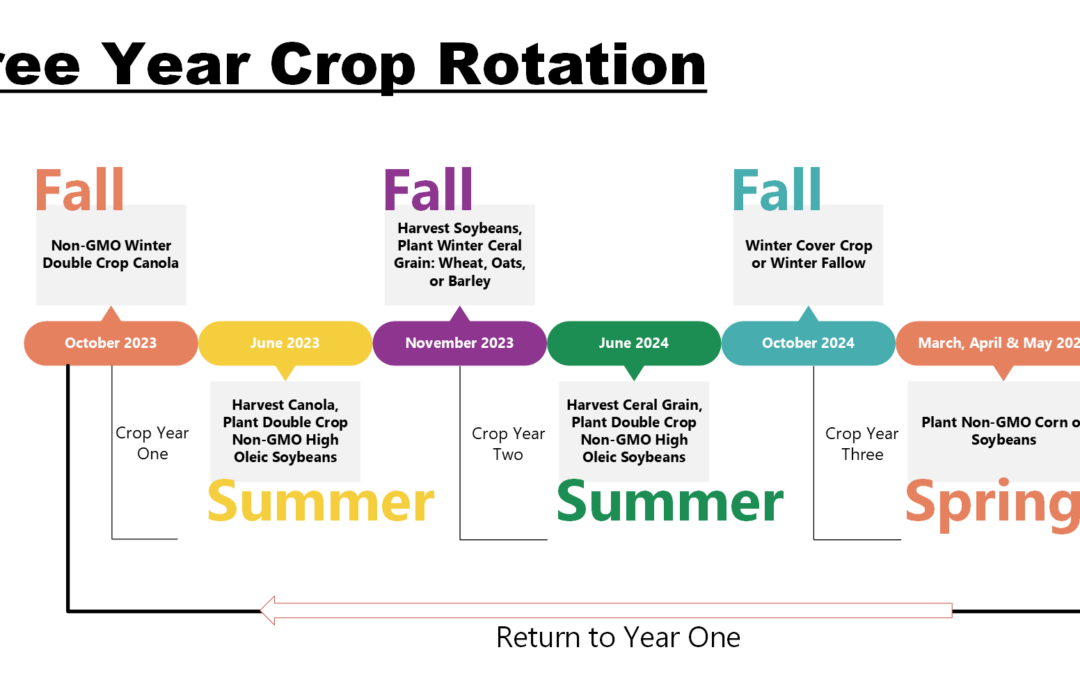
Farm Update: Entering the Decision Season
By Andrew Moore Moore’s Seed and Grain Farms has entered the decision season. Where we ask questions like: What do we plant this spring for fall 2024 harvest? How many acres are going to be in corn, soybeans, “High Oleic” soybeans, grain sorghum, sunflowers, maybe even a summer cover crop. What varieties do we plant? ...
New Year, New…Plan?
The start of the new year is a time to reflect on previous years’ successes, failures, and lessons learned. It’s a time for setting new goals. As a nutritionist, I’m going to focus on the specific goal of tracking feed consumption. Do you know how much feed your livestock consume? How much feed does it take to finish a...
Farm Update from Thanksgiving:
Thanksgiving is my favorite holiday on the farm. It celebrates the hard work and long hours, blood, sweat, tears. We celebrate the finish line with the harvest celebration. We are thankful for the continued demand for the ingredients we produce on our farm for your farm. This year, we celebrated with 33 family members and...
The Case for Canola: Canola Meal
In “The Case for Canola” series, we have talked about where canola meal is grown, the benefits of the oil, and now, I want to talk about the benefits of canola meal in livestock feed. A lot of the canola meal on the market is solvent-extracted canola meal, where hexane is used to extract the oil. At Resaca Sun Feeds, we...
The Case for Canola: Canola Oil, How do I Love Thee? Let me Count the Ways …
Canola oil, you are both healthful and useful, good for my heart and my cooking. Here are 10 reasons I love you…
The Case for Canola: Where is Canola Grown?
We at Resaca Sun Feeds see canola as a highly beneficial crop. This crop has several benefits within a crop rotation and is used as a high-quality feed ingredient to be added to our feeds. Over the next few months, we’ll be outlining why canola is beneficial through a series of articles. It seems canola has gotten some...
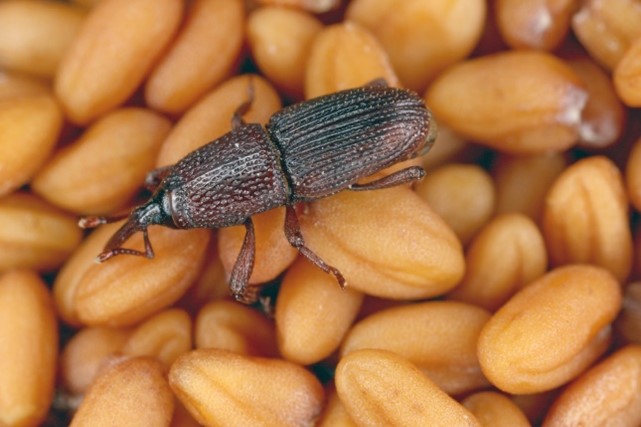
It’s Weevil Season
It’s weevil season! There’s a chance you will start to see little black beetles in your feed. These are grain weevils. Don’t worry. These little bugs aren’t harmful to livestock and don’t carry disease. Grain weevils are completely safe for livestock to consume. The reason you’ll see these in the feed is because we don’t...
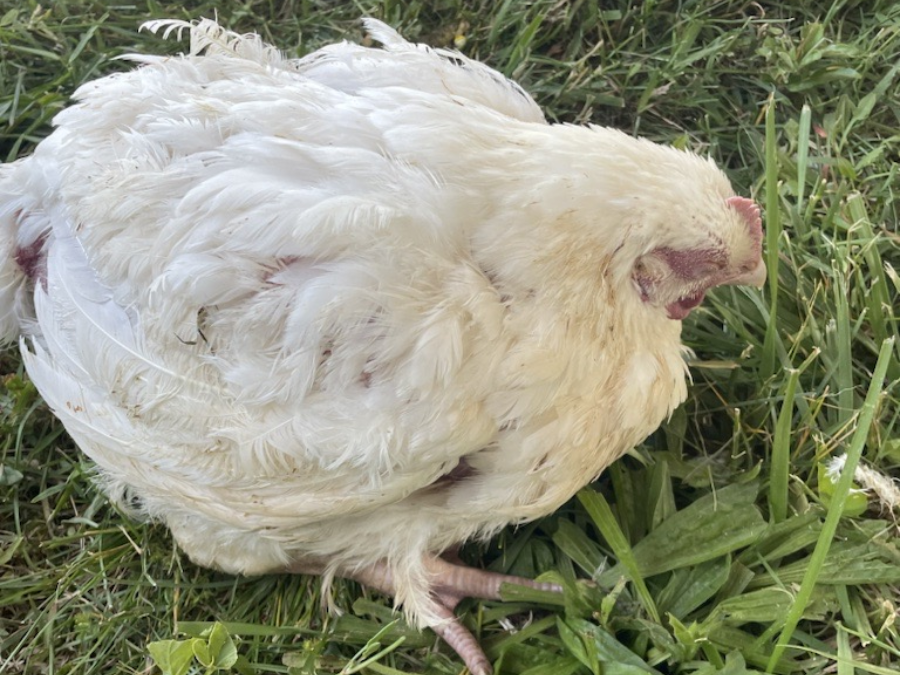
Ascites
Have you ever found a broiler dead on its back and wondered what happened? Well, chances are that chicken had a heart attack. This isn’t terribly uncommon if you’re raising Cornish Cross broilers on pasture. They are more prone to a disease called ascites (or water belly) which will often lead to heart attacks and the...
The Value of Soil Health in Pastures
Written By Sage Dennis Some of the most common questions I am asked as a consultant at the Rodale Institute are, is soil health really that important? What do I need to do to increase my soil’s health? And, of course, is there anything to gain from changing my system to accommodate soil health? In my opinion, soil health...
